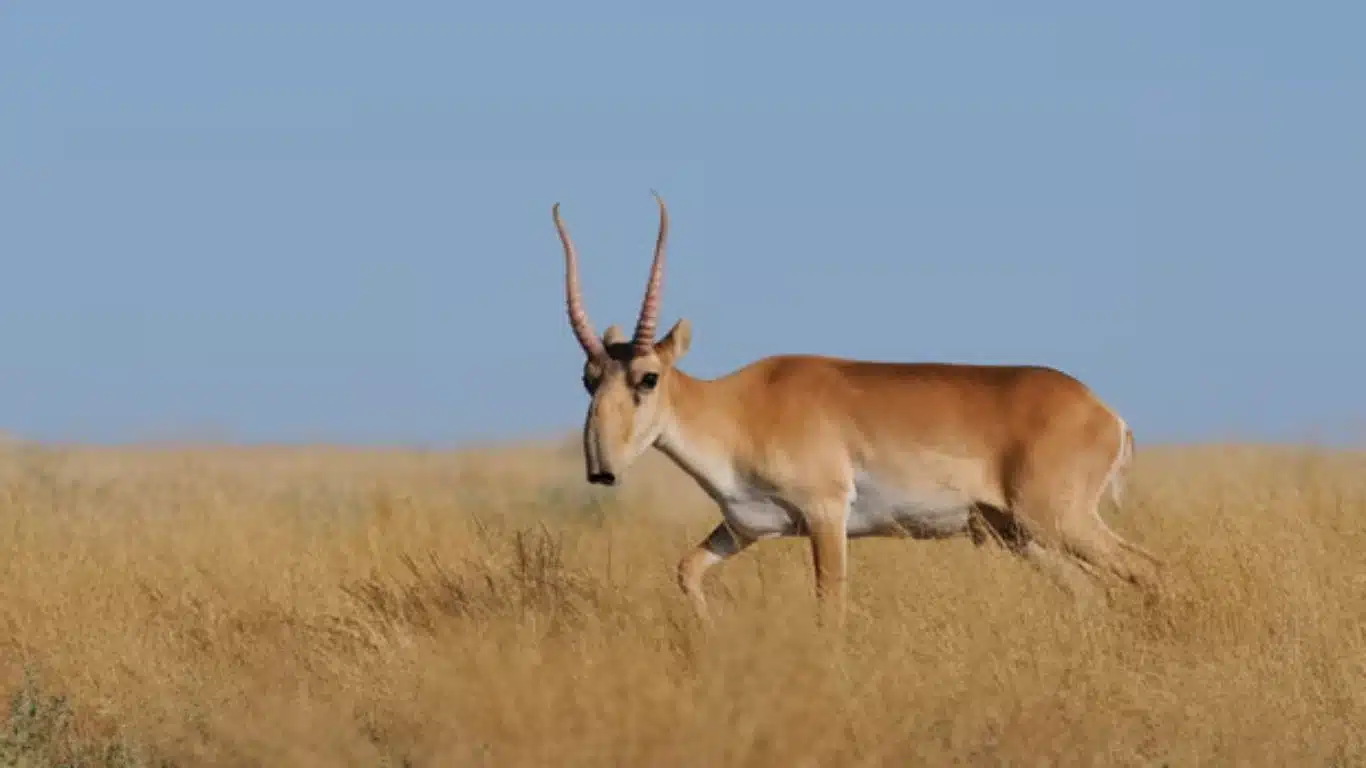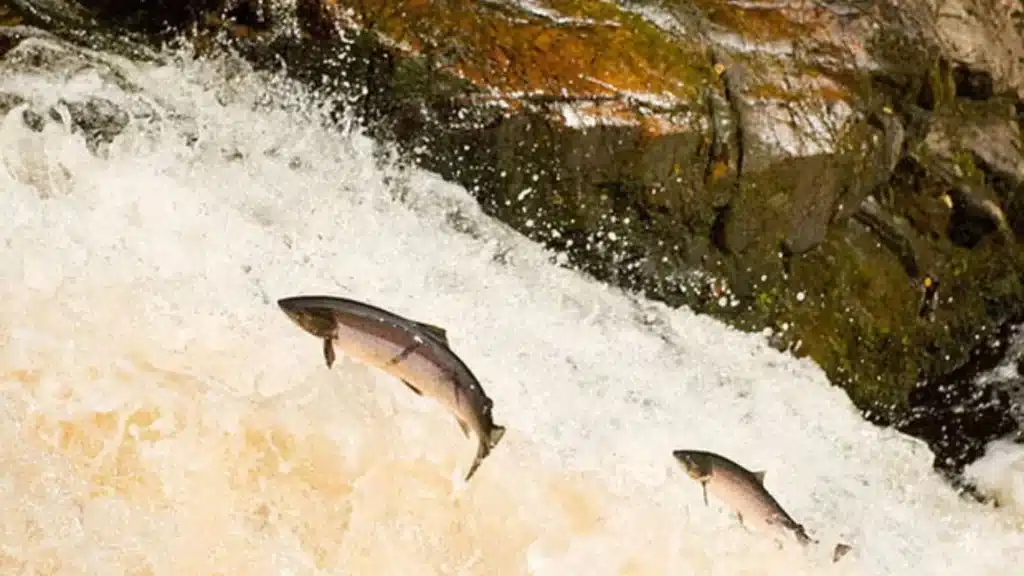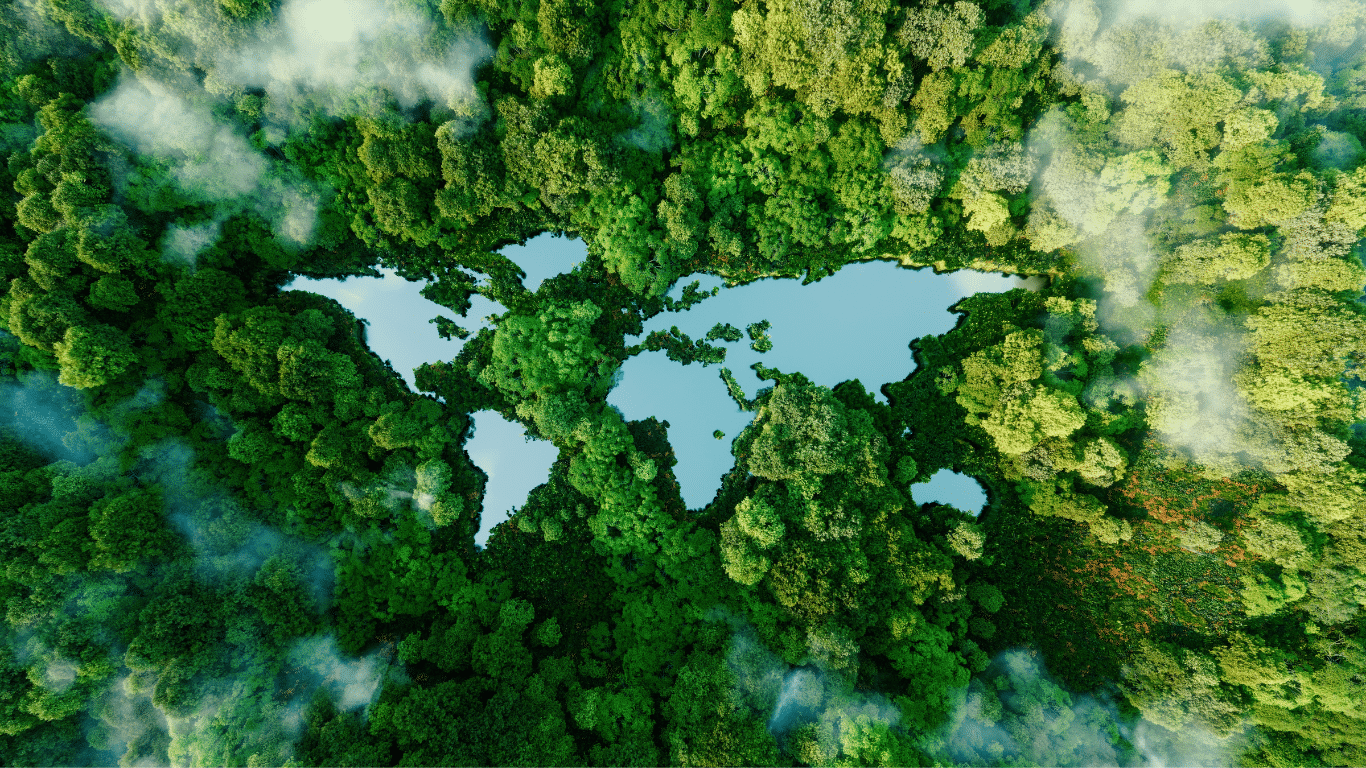Article written by Patrick Greenfield
Originally published by The Guardian (Mon, Dec 11, 2023)
Global heating, pollution, overfishing and falling water levels among factors hitting populations, finds IUCN red list study
Nearly a quarter of the world’s freshwater fish are at risk of extinction due to global heating, overfishing and pollution, according to an expert assessment.
From the large-toothed Lake Turkana robber in Kenya to the Mekong giant catfish in south-east Asia, many of the world’s freshwater fish are at risk of disappearing, the first International Union for Conservation of Nature (IUCN) red list assessment of the category has found.
Nearly a fifth of all threatened freshwater species are affected by climate change, from impacts such as falling water levels, shifting seasons and seawater moving up rivers. Of the assessed species, 3,086 out of 14,898 were at risk of vanishing.
The latest assessment also found that mahogany, Atlantic salmon and green turtles were increasingly threatened, according to scientific assessments, but there was good news about the saiga antelope, which has moved up from the critically endangered category to near threatened after the population increased by 1,100% in just seven years, mainly in Kazakhstan.

The reintroduction of the scimitar-horned oryx in Chad is another success story. The mammal was once common across the Sahel but disappeared in the 1990s after it was overhunted. Reintroduction efforts from captivity have led to the population growing to 140 mature animals in the Ouadi Rimé-Ouadi Achim faunal reserve in Chad. It is classified as vulnerable to extinction and scientists say it is threatened by the climate crisis.
“Today’s update to the IUCN red list shows the power of coordinated local, national and international conservation efforts. Success stories such as that of the scimitar horned oryx show that conservation works. To ensure the results of conservation action are durable, we need to decisively tackle the interlinked climate and biodiversity crises,” said the IUCN president, Razan Al Mubarak.

Big leaf mahogany, among the most commercially sought-after plants on the planet, is now classified as endangered after its numbers fell by 60% over the past 180 years due to unsustainable harvesting. Mahogany wood remains valuable for furniture, musical instruments and decorations, which has driven illegal logging of the tree across central and South America.
The Atlantic salmon, previously common and classified as a species of least concern, is now near threatened on the IUCN red list after its global population fell by 23%, having vanished from many rivers in the UK. The fish, which lives in both fresh and saltwater, has been affected by widespread habitat loss, global heating and dams that block access to breeding sites. Breeding with farmed salmon has also weakened their ability to adapt from global heating while invasive Pacific pink salmon is spreading across northern Europe.

“Freshwater fishes make up more than half of the world’s known fish species, an incomprehensible diversity given that freshwater ecosystems comprise only 1% of aquatic habitat. These diverse species are integral to the ecosystem, and vital to its resilience. This is essential to the billions of people who rely upon freshwater ecosystems, and the millions of people who rely on their fisheries,” said Kathy Hughes, co-chair of the IUCN species survival commission freshwater fish specialist group.
“Ensuring freshwater ecosystems are well managed, remain free-flowing with sufficient water, and good water quality is essential to stop species declines and maintain food security, livelihoods and economies in a climate resilient world,” she said.
Central south Pacific and east Pacific green turtles are also at risk of vanishing, according to scientists. They are a major bycatch in industrial and artisanal fishing while their eggs are a delicacy in some countries. Rising global temperatures are also affecting their hatching success and rising sea temperatures are flooding nests.





